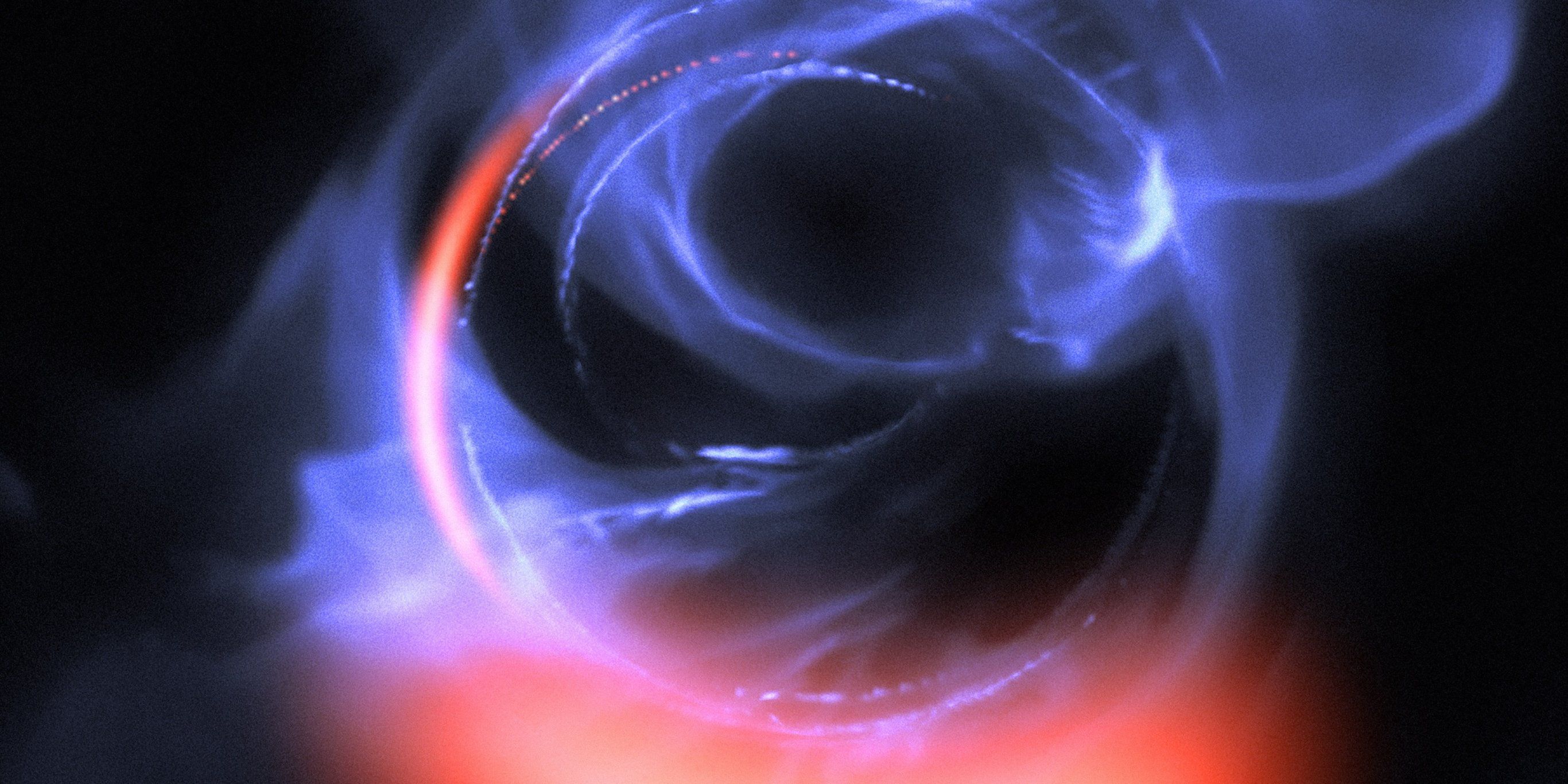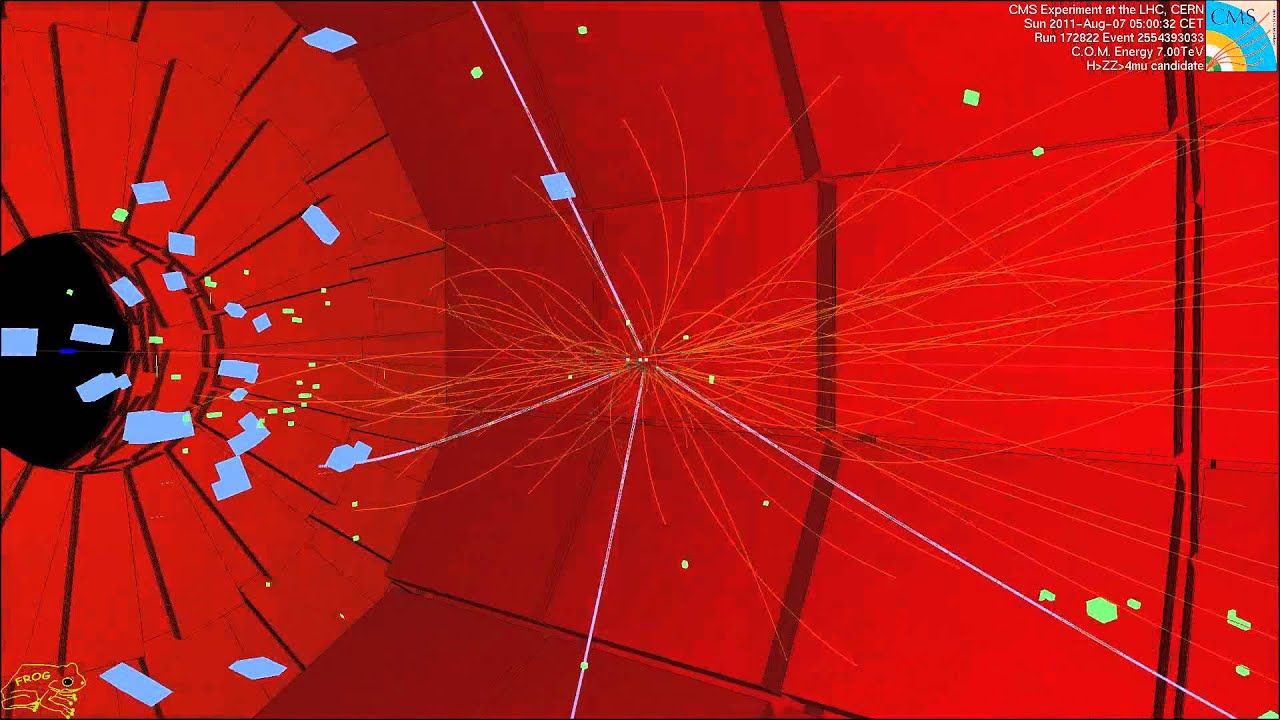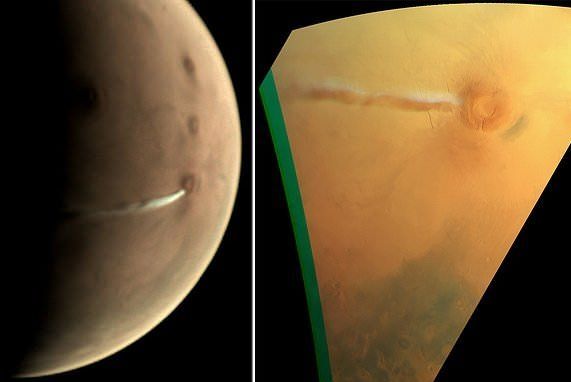Telescopes just got the best-ever look at gas circling the edge of a supermassive black hole — a point of no return just before the event horizon.




The Quantum Flagship was first announced in 2016, and on 29 October, the commission announced the first batch of fund recipients. The 20 international consortia, each of which includes public research institutions as well as industry, will receive a total of €132 million over 3 years for technology-demonstration projects.
One of the most ambitious EU ‘Flagship’ schemes yet has picked 20 projects, aiming to turn weird physics into useful products.


If you haven’t heard, universities around the world are offering their courses online for free (or at least partially free). These courses are collectively called MOOCs or Massive Open Online Courses.
In the past six years or so, over 800 universities have created more than 10,000 of these MOOCs. And I’ve been keeping track of these MOOCs the entire time over at Class Central, ever since they rose to prominence.
In the past four months alone, 190 universities have announced 600 such free online courses. I’ve compiled a list of them and categorized them according to the following subjects: Computer Science, Mathematics, Programming, Data Science, Humanities, Social Sciences, Education & Teaching, Health & Medicine, Business, Personal Development, Engineering, Art & Design, and finally Science.

I have always said the trick with being diagnosed with cancer is living long enough to see newer and better therapies coming out to help you outlive your own diagnosis:
Scientists at Northwestern University have discovered a “kill code” in every cell of the body that’s triggered by chemotherapy and that causes cancerous cells to self-destruct. What’s more, they’ve learned enough about the code that they’ve figured out how to trigger it without chemo—a finding that they believe could lead to new therapies.
The discovery, reported in the journals Nature Communications and eLife, is a code that’s found in both large and small ribonucleic acids (RNAs). The researchers also have early evidence that the small RNAs, called microRNAs, can be introduced into cells to trigger the kill switch.
“My goal was not to come up with a new artificial toxic substance,” said lead author Marcus Peter, Ph.D., a professor of cancer metabolism at Northwestern’s Feinberg School of Medicine, in a statement. “I wanted to follow nature’s lead. I want to utilize a mechanism that nature developed.”



